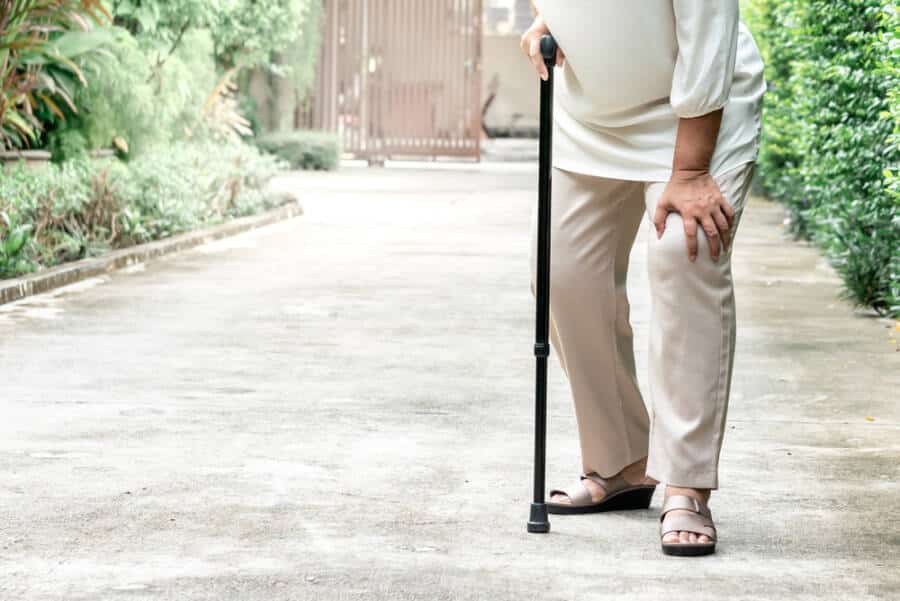
Ataxic gait
An ataxic gait is commonly broad-based and associated with vestibular disease, alcoholic cerebellar degeneration, or loss of proprioception. Characteristics of an ataxic gait include:
-Stability: Cerebellar pathology is distinguished by a staggering, slow, and unsteady gait. In unilateral cerebellar disease, patients veer towards the side of the lesion.
-Stance: A broad-based ataxic gait is typically associated with degeneration of the cerebellar vermis secondary to chronic alcohol excess or a lesion in multiple sclerosis.
-Turning: Those with cerebellar disease will find turning especially difficult.






One Response
I am surprised that your list of reasons for gait abnormalities did not include normal pressure hydrocephalus. I started involuntarily shuffling my feet and had diminished stride In my early seventies. When I took Anatomy and Physiology in college, the instructor told us that some people with brain injuries could not stride more than 12 inches when walking. In addition to stride changes, I found it increasingly difficult to organize and reason. I couldn’t put together a report for my work. A CT scan revealed a significantly enlarged third ventricle. I had an ETV performed by image-guided surgery to form a drainage path through scar tissue that blocked the flow of CNS in my third ventricle at OHSU in Portland. I got immediate relief and have no gait or mental confusion symptoms for the last 10 years.